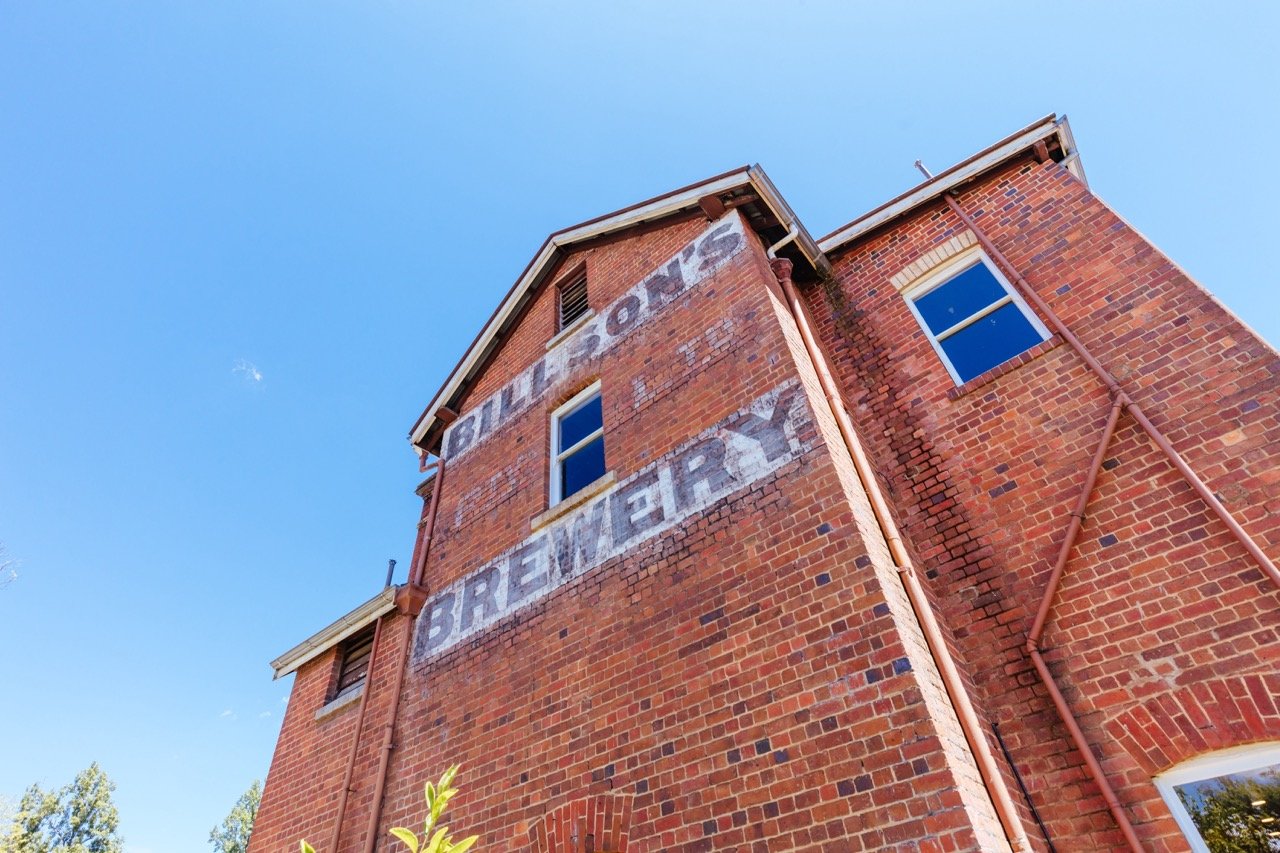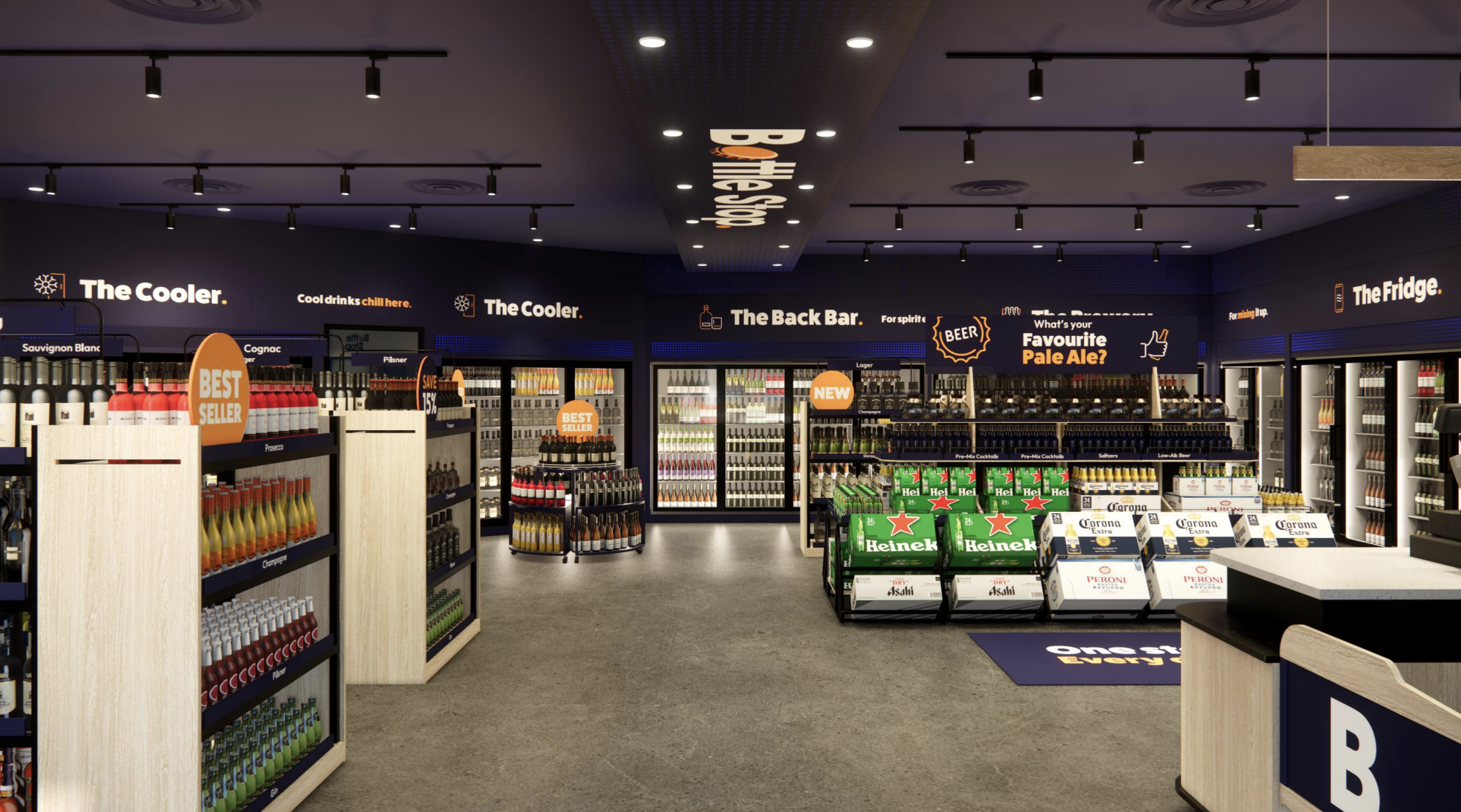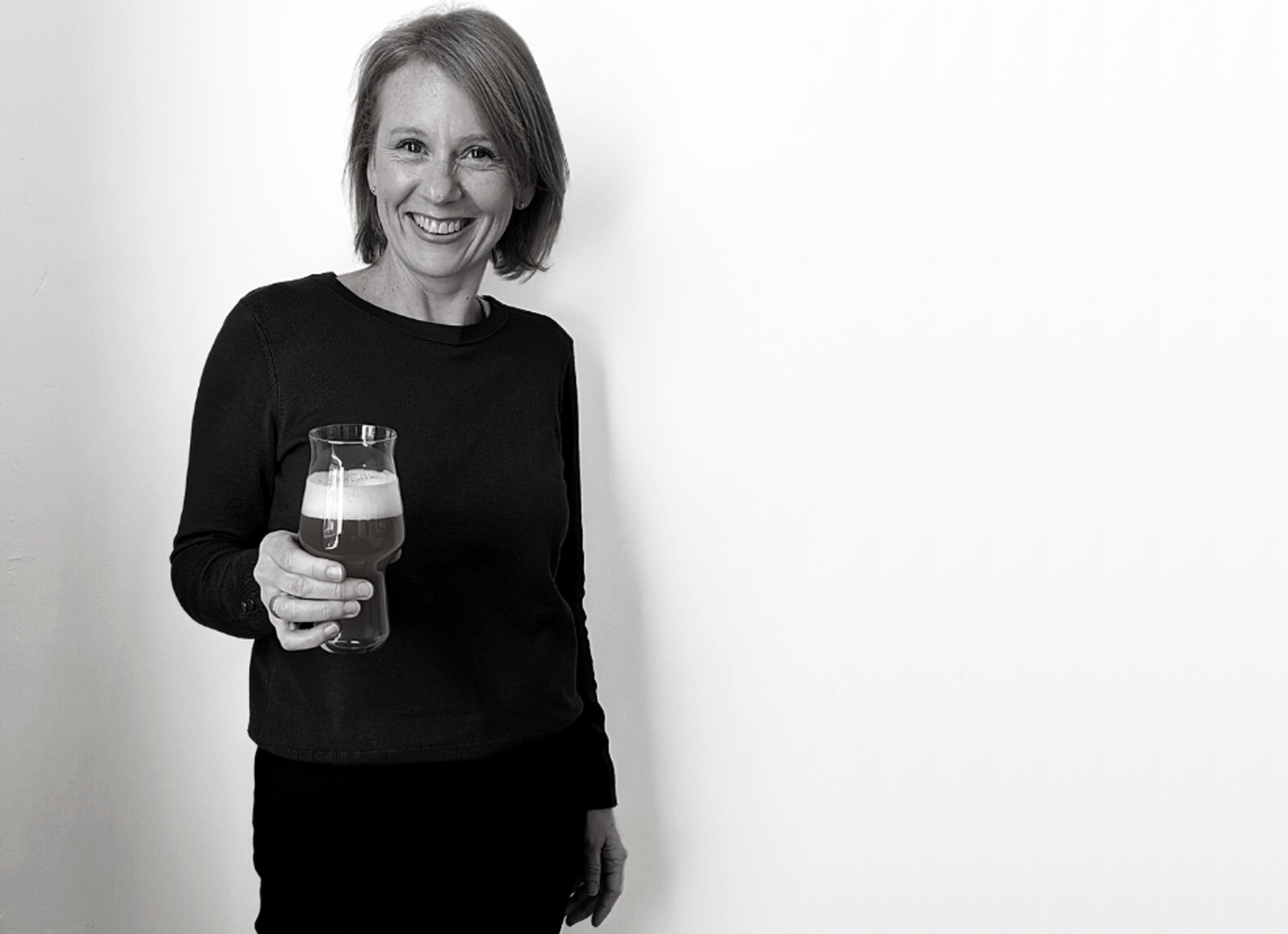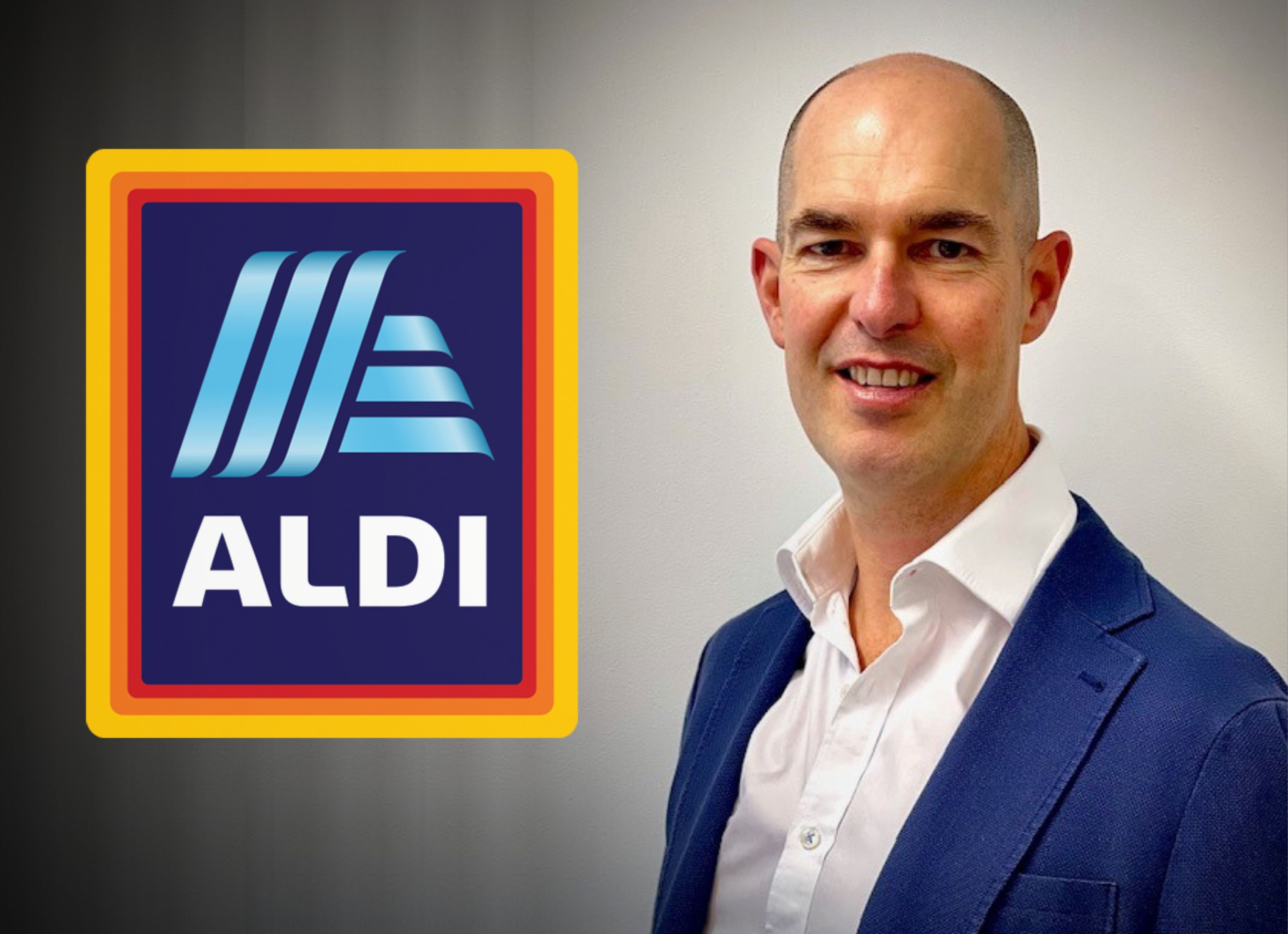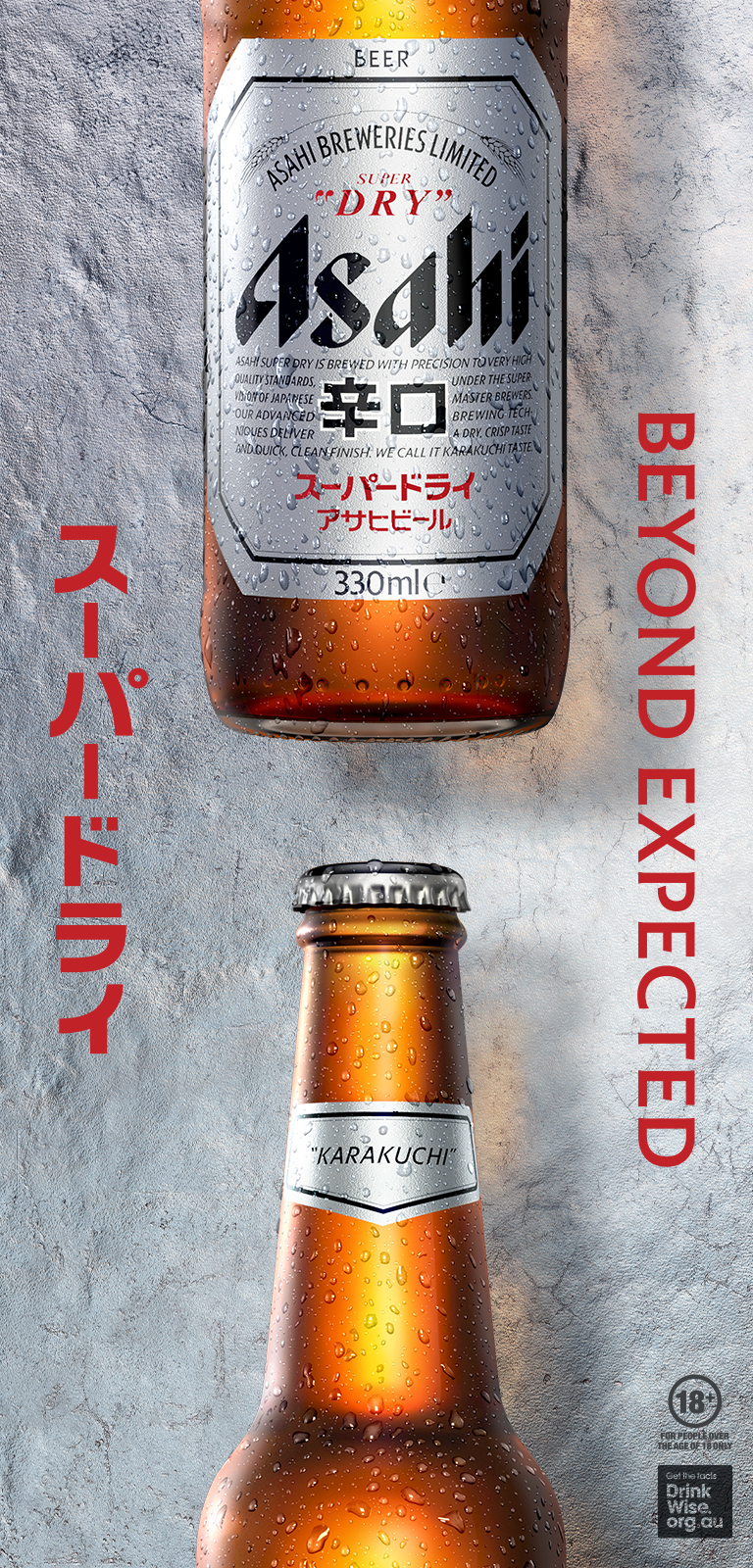As Head Distiller at Bruichladdich Distillery, Adam Hannett oversees one of the most diverse whisky portfolios in all of Scotland. This includes Bruichladdich, an unpeated Islay Single Malt; Port Charlotte, a classic peated Islay Single Malt; and Octomore, a whisky brand that seeks to challenge common whisky wisdom.
Drinks Trade caught up with Adam Hannett shortly after last month's unveiling of the 15th annual Octomore series, a collection that Adam describes as "an experiement... designed to spark intrigue and prove the unimaginable."
This is what Adam had to say:
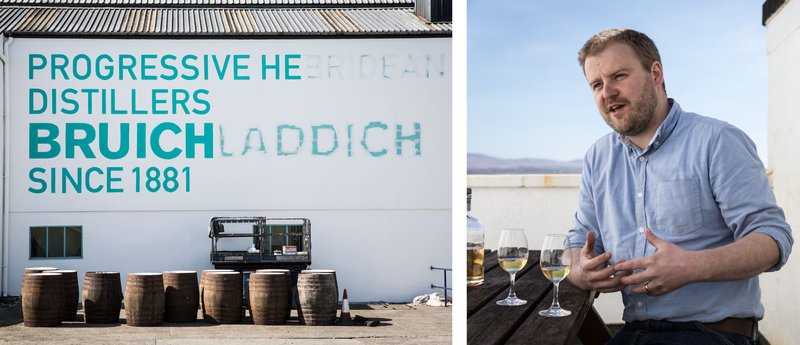
Drinks Trade: What first got you into whisky?
Adam Hannett: I was offered a temporary role as a tour guide at Bruichladdich Distillery by a family friend, which turned into a year-long contract. Having had no previous whisky experience, I immediately fell in love with the distillery’s ethos, passion, and progressive vision for the future... I grabbed the opportunity with both hands and was able to gain a huge amount of experience which really helped me work up to my current position.
I have grown up on Islay my entire life, so it probably comes as no surprise that I ended up in whisky!
DT: What is it about the whisky industry you love most?
AH: While steeped in history, tradition and culture, whisky is a dynamic and exciting industry to be part of. The breadth of distilleries, brands and flavours mean it’s ever-evolving, with people of all ages and genders continuously discovering and exploring the category.
For me, Bruichladdich Distillery has always been a bit of an underdog in the whisky industry. We’ve always carved our own path, gone against the grain, and challenged convention, and I immediately fell in love with this passion and drive, which remains today.
DT: Bruichladdich, Port Charlotte, and Octomore are extremely different brands on paper… Why has Bruichladdich Distillery gone for this approach?
AH: We seek to produce the most natural, thought-provoking spirits possible and each of our brands has its own unique character and distinct flavour profile, while staying true to our progressive distillery ethos. It's great to have both peated and unpeated single malts in our whisky portfolio. For me, it’s a chance to showcase the various styles and depth of flavour available in the whisky market and challenge myself as a whisky maker to master these varying expressions.
When it comes to the variation across our single malt Scotch whisky portfolio, our eponymous Bruichladdich single malt Scotch whisky range explores the infinite possibilities of what whisky can be. On a mission to uncover flavour at every opportunity, the unpeated bottlings have become the liquid embodiment of the distillery’s unrelenting curiosity, committed to reconnecting land, community, and dram.
Port Charlotte showcases what we believe an Islay whisky can and should be. Different to other typical Islay whiskies, it has an elegant, almost barbeque peat smoke. It is also conceived, distilled, matured, and bottled on solely Islay – celebrating its unique provenance and honouring the community who made it. For me, it’s the epitome of a true Islay whisky.
Octomore is what we like to call ‘The Impossible Equation’. It’s too young, too strong, and too peaty. It shouldn’t work, but it does. Creating each new Octomore series is a welcome challenge year on year. The unique and precise balance of varying peat levels, cask influence and barley provenance is a complex alchemy, and pushes me as whisky maker.
DT: How does the diverse portfolio affect your role as Head Distiller?
AH: Having three single malt Scotch whisky brands - as well as The Botanist, the first Islay dry gin - definitely keeps me busy as a distiller; but the variety is brilliant and it’s a welcome challenge. Bruichladdich, Port Charlotte and Octomore each have their own distinct and unique flavour profiles, and it’s great to push myself as a distiller to hone, refine and continuously evolve the character of each.
DT: How does the target market differ for each?
AH: We’re in a unique position at Bruichladdich Distillery in that we make three single malt whisky brands, spanning a range of flavours, [including both] peated and unpeated; as well as different ages, from high-age statement to non-age statement; barley and grain varietals, including organic, Bere, Islay grown, biodynamic and most recently rye; and cask types... There’s truly something for everyone.
Bruichladdich is a natural first point of entry for consumers who are perhaps brand new to the category or just starting their whisky journey, with our elegant and floral unpeated single malt whisky [being] super accessible. Port Charlotte is ideal for those looking for a heavily-peated Islay single malt, with Octomore attracting a wide following for whisky aficionados who are always looking for something new and unique.
DT: What are you currently most excited about at Bruichladdich Distillery?
AH: It was Bruichladdich’s visionary and progressive approach that really drew me to the company, and this still holds true today. We’re always pushing ourselves and exploring what’s possible when it comes to whisky making. I’m given the freedom to really push the boundaries and come up with new and unique concepts, and we always have exciting innovations in the pipeline. Watch this space…
DT: What are you most looking forward to?
AH: Feis Ile – The Islay Festival – is always a highlight of the whisky calendar and I’m looking forward to our next festival day which will take place in May 2025. It’s a day where the whole distillery, whisky lovers, and the wider Islay community come together to enjoy great music, live entertainment, and amazing drams; there’s nothing else quite like it. Planning for next year’s festival is well under way and it’s shaping up to be an unforgettable event.
DT: This year marked the 15th Octomore release… how successful has the Octomore project been in achieving its goals?
AH: Octomore was created to defy conventional whisky wisdom, and it continues to do this. It truly transcends the whisky category, and 15 years later there’s still nothing quite like it on the market.
DT: Is it getting harder to keep coming up with new ideas/concepts?
AH: Not only is Octomore is such a versatile and exciting liquid in itself, but we’re not bound by any ‘traditional’ constraints when it comes to developing the brand. As a whisky maker, it’s hugely exciting: I’m given the freedom and trust to push the liquid to the limits.
DT: What is the ‘elevator pitch’ of what Octomore is trying to achieve?
AH: Octomore single malt has defied perceived whisky wisdom since its launch in 2008. Matured for five years, always super-heavily peated and bottled close to cask strength, Octomore’s surprising elegance has led us to define it as The Impossible Equation, an experiment which pushes the boundaries of whisky making, the series explores the influence of terroir, cask management and varying peat levels on the final flavour, with each single malt having its own distinct and unique character.
DT: In liquor, whisky is arguably less trend-induced compared to other categories. a), do you agree, and b), do you feel the Octomore business model has helped change this?
AH: I wouldn’t say that Octomore is particularly trend-induced, but it does break the mould of traditional or preconceived whisky conceptions. Octomore transcends the whisky category and has carved its own path since it was first launched in 2008.
DT: In Australia, a lot of whisky innovation has come from unique cask finishing. It feels Octomore is really trying to push lots of other areas, such as terroir, peat levels, cask-type, etc… Would you agree? And how important is a holistic approach to the quality of a final whisky?
AH: Octomore is renowned for being super-heavily peated, but this is just one part of the puzzle. This is a spirit which takes a close look at all the intricate details of whisky making, from varying peat levels and age, to malting barley varietals and provenance and specific cask type. It lays bare the fundamentals of whisky making.
DT: All regular release Octomore is bottled at 5 years. Do you feel the age statement 'conversation' should be different in peated versus unpeated whisky?
AH: Age is just one small part of the whisky making puzzle. Everything - from barley varietal, cask type, maturation location, terroir, and distillation - plays a pivotal role in shaping the final single malt whisky in your glass. For me, five years is the optimum bottling age for our super-heavily peated Octomore spirit, so that’s why we do it.
We can talk about age generally when it comes to single malt whisky, I don’t think there should be a different conversation for peated versus unpeated. At Bruichladdich Distillery we’ve had and continue to have both non-age statement and age-statement products across our entire portfolio.
As progressive Hebridean distillers, our whisky offering is diverse and varied and we’ll continue to explore and showcase flavour in every possible way, with age just one part of this.
//
Bruichladdich redesigns packaging, calls for industry to follow suit

Share the content




